
Lyme disease facts
Lyme disease (sometimes known as lyme borreliosis) is caused by the bite of a deer tick, which carriesthe bacteria Borrelia burgdoferi (or B.afzeliiand B.garinii). The bacteria are then transferred to the human body andcause the lyme disease. It is quite common disease and every year more than 15.000people get infected.
Not every tick bite causes lyme disease. Ticks attached tothe skin more than 36 hours have more chance to transfer the illness. People who often stays outdoors, especially insummer and fall and children are at the higher risk of exposure to infectedticks and therefore lyme disease. In the United States most cases of the disease are recordedin the northeast coast, Wisconsin, Minnesota, Oregon and California.
Stages of lyme disease:
Localized stage – redness and rash on the tickbite spot. It could grow up in size, and sometimes expand to 30 centimeters indiameter. Symptoms resembling the flu –fever, muscle andjoint pain, headache, tirednessArthritis, neurological and heart problems. 60%of the patients bitten by ticks and not treated with antibiotics developarthritis attacks, and some of them suffer from chronic condition. Neurologicalsymptoms include headaches, stiff neck, facial- muscle paralysis and motion problems.Heart problems are rare, but chest pain, breathing problems, palpitations anddizziness are reported.Lyme disease herbs
The best way to use herbs for the treatment of lyme diseaseis to consult the specialists. Most commonly used plants in this situation aregreen tea, gingko, reishi, olive, garlic and cat’s claw.
Green tea (or Camellia sinensis in Latin) is used as a tea. Oneteaspoon of green tea leaves put in a cup of hot water, cover for 5 minutes andthe tea is ready. Standardized green tea extract can be used, too. Take 250 -500 mg a day. Green tea is known as antioxidant and it also have some anti-inflammatoryeffects and fights heart effects of lyme disease. Make sure to use green teaproducts without caffeine.
Garlic (Allium sativum) also has anti-bacterial, anti-fungaland immune activity. It is used as the standardized extract and 400 mg ofextract should be used three times a day.
Ginkgo (Ginkgo biloba) is used in a form of standardizedextract. Dose may vary from 40 to 80 mg, taken three times a day. It is also anantioxidant substance and helps the heart to fight against the disease. Be carefulif you are taking anticoagulants (blood thinners, like warfarin) and before theuse of gingko consult your doctor.
Anti-inflammatory activity and immune boost could be achievedwith reishi mushroom (Ganoderma lucidum). The mushroom could be taken as it is,150 to 300 mg twice or three times a day. There is also reishi tincture. 30 to60 drops should be used, two to three times a day.
Olive leaf (Olea europaea) has anti-bacterial and anti-fungalactivity and affects positively our immune system. 250 to 500 mg of standardizedextract should be used one to three times a day. You could try some olive leaf tea, also.
Standardized extract of the plant called cat's claw (Uncariatomentosa) have anti-inflammatory, anti-bacterial and anti-fungal activity. Take20 mg of the extract, three times a day.


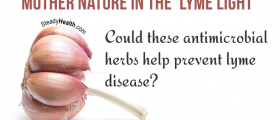
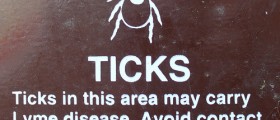
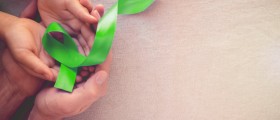
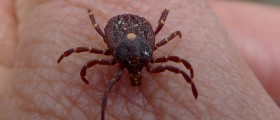

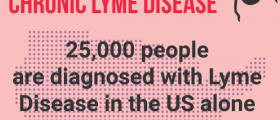
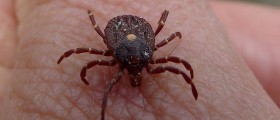
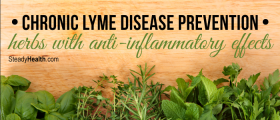
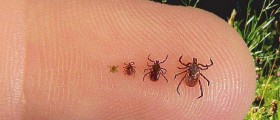
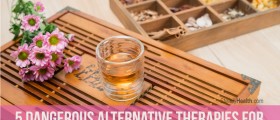
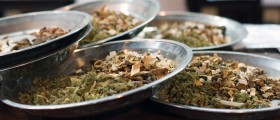

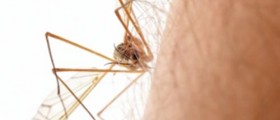
Your thoughts on this
Loading...